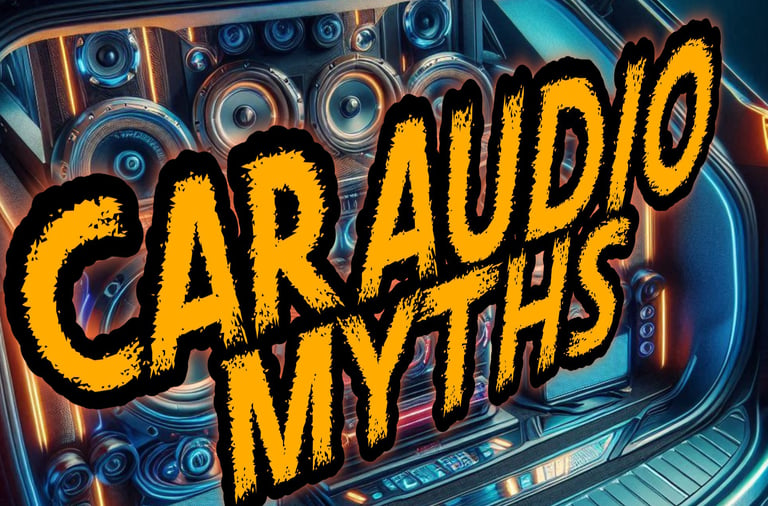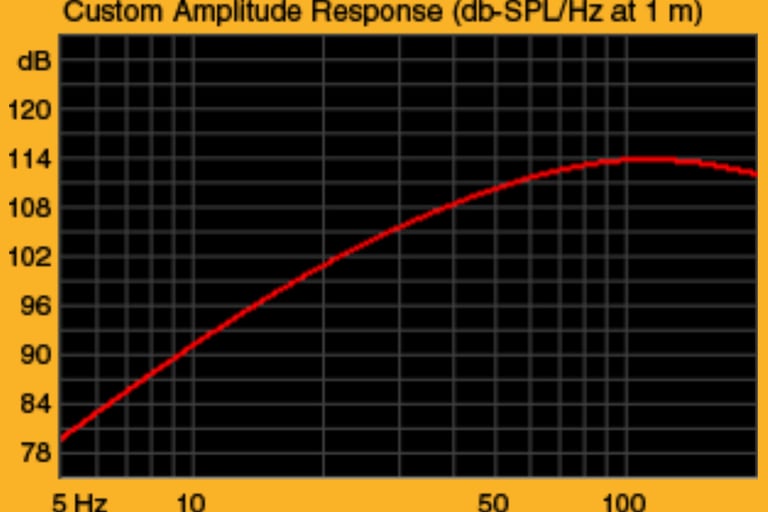Busting the Biggest Myths About Car Audio Amplifiers
Car audio amplifiers are one of the most misunderstood components of an upgraded sound system. Misconceptions about power ratings, gain settings, and efficiency can lead to poor system performance, unnecessary equipment damage, or wasted money. This article will clarify some of the most common myths surrounding car audio amplifiers so you can make informed decisions when upgrading your system.


Myth #1: More Watts Always Means a Louder and Better System
Many people assume that an amplifier with a higher wattage rating will automatically make their system louder and produce better sound. While amplifier power plays a role in system performance, it is not the only factor that determines volume and sound quality.
The efficiency of your speakers, the quality of your installation, and the way power is managed all impact the final output. Speakers have a sensitivity rating measured in decibels (dB) per watt. A high-sensitivity speaker can produce more volume with less power than a lower-sensitivity speaker, meaning that simply adding a high-wattage amplifier may not give you the results you expect.
Additionally, increasing power beyond what your speakers are designed to handle can lead to distortion and even permanent damage. Instead of focusing solely on wattage, consider factors such as speaker matching, sound tuning, and proper system setup for optimal performance.




